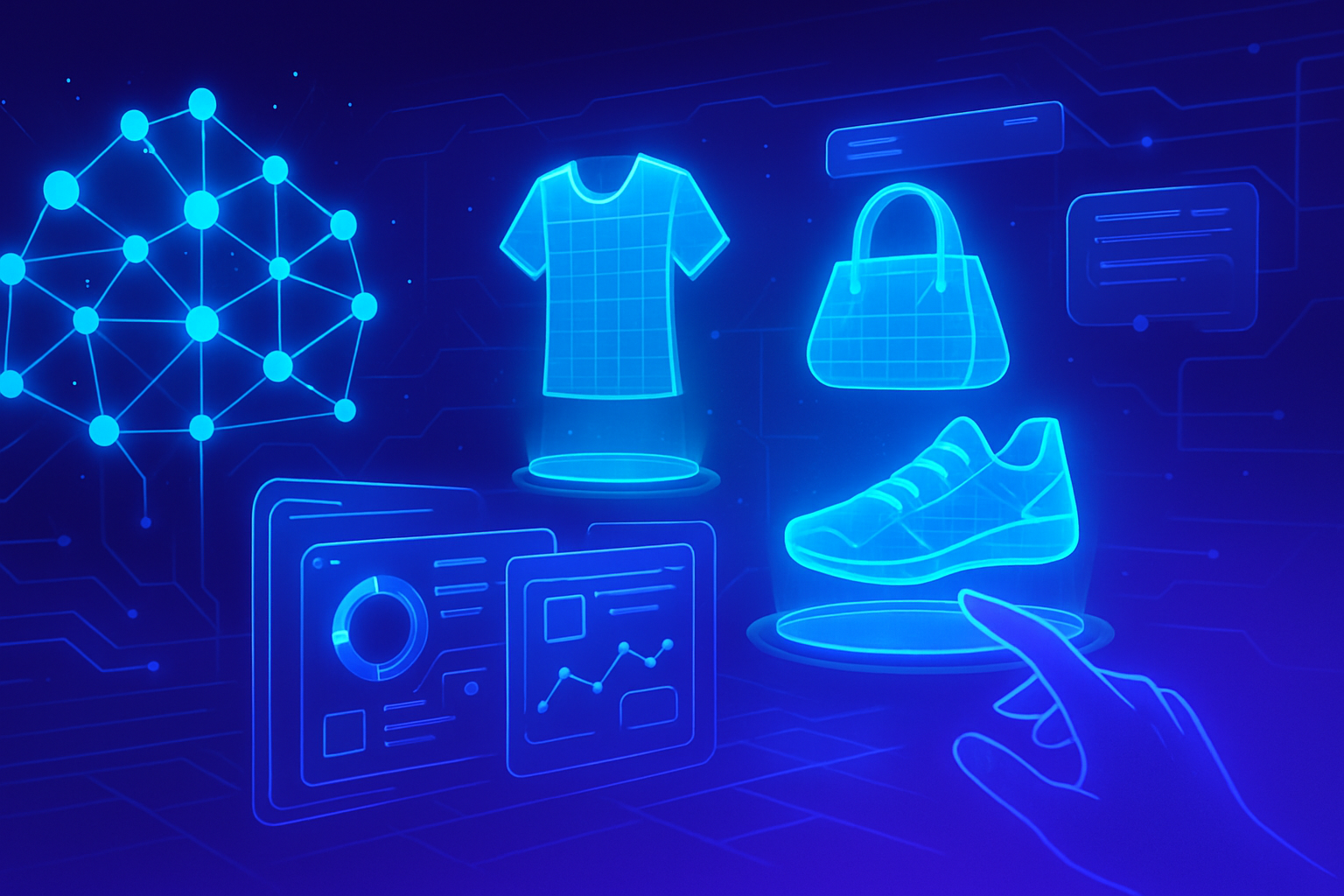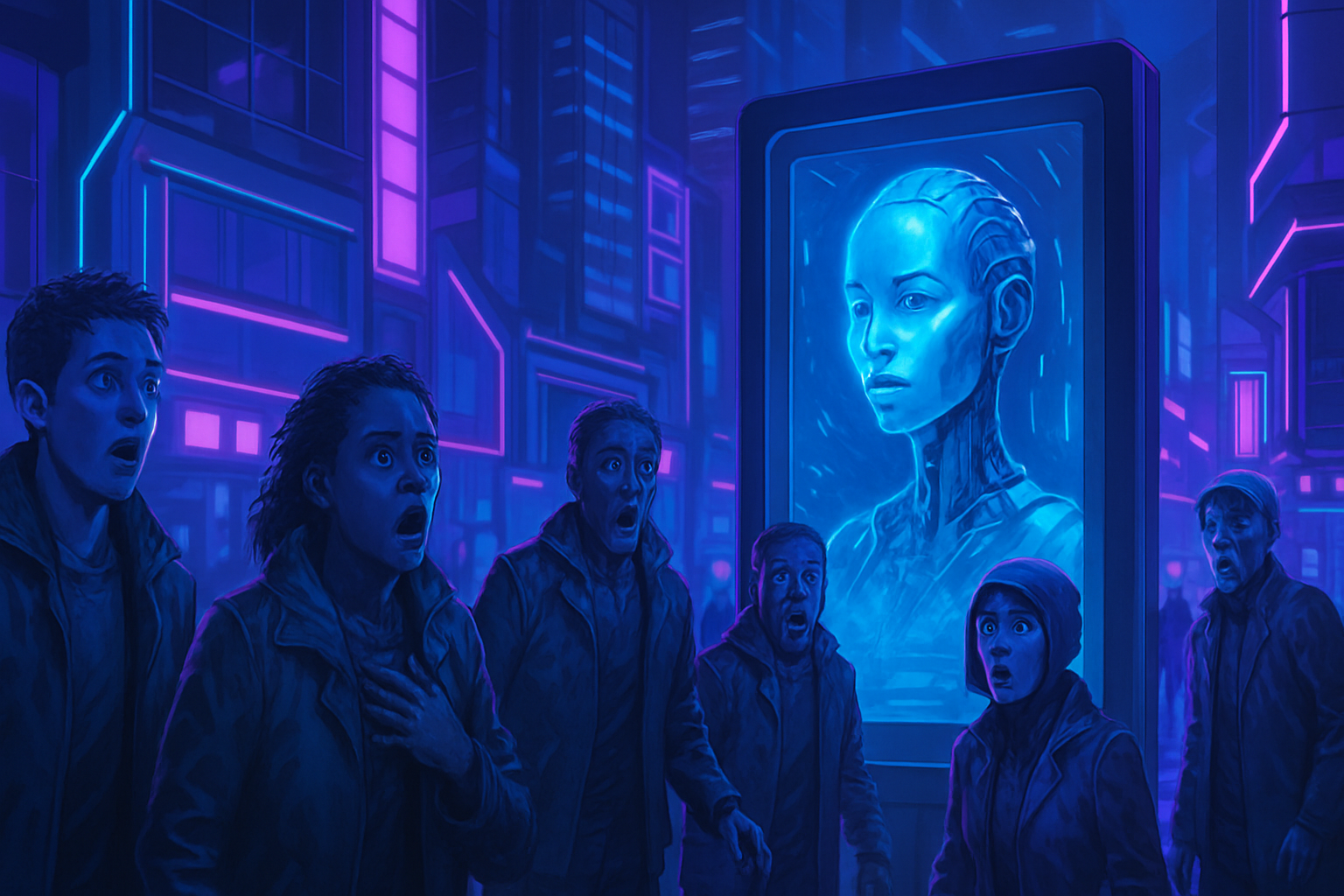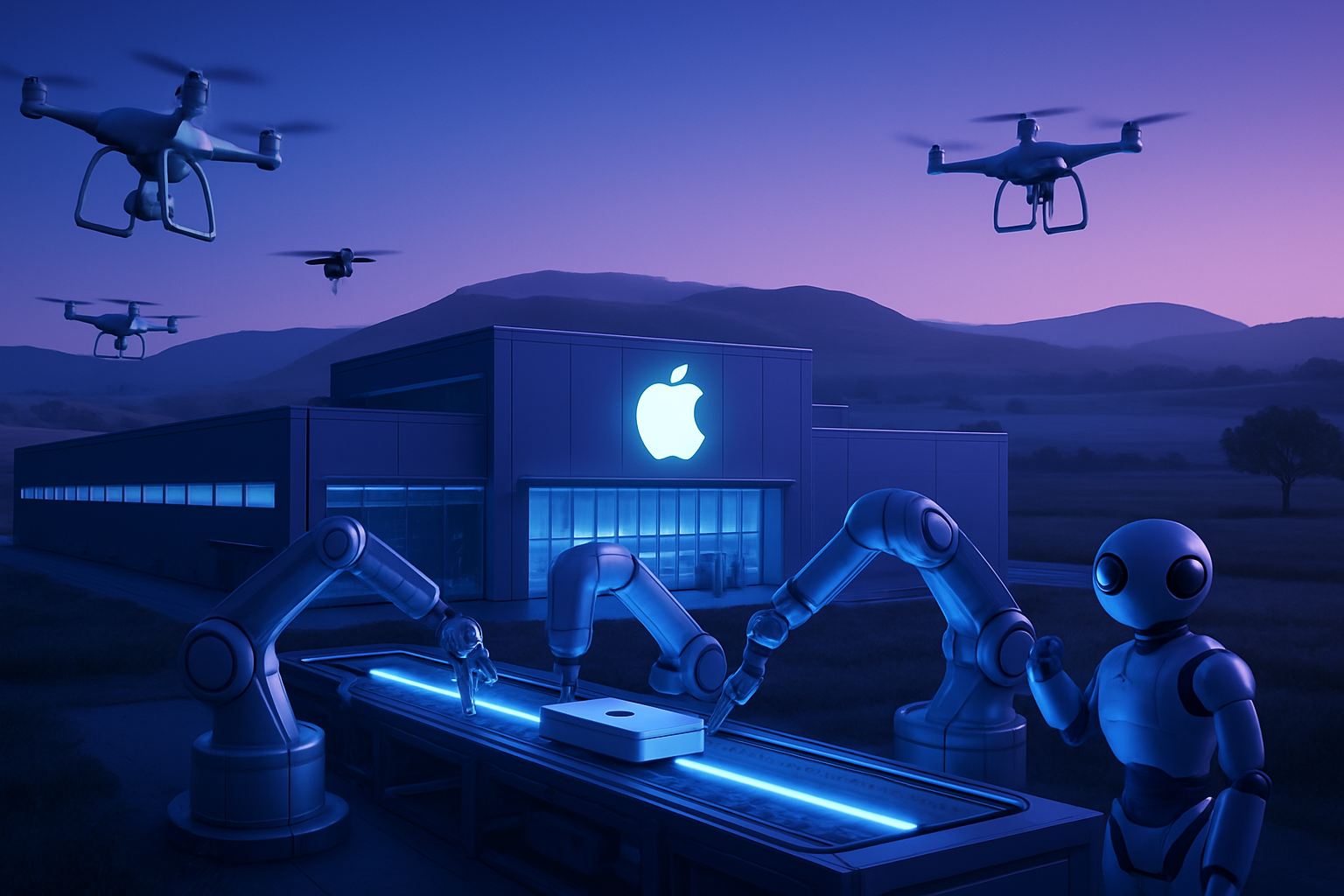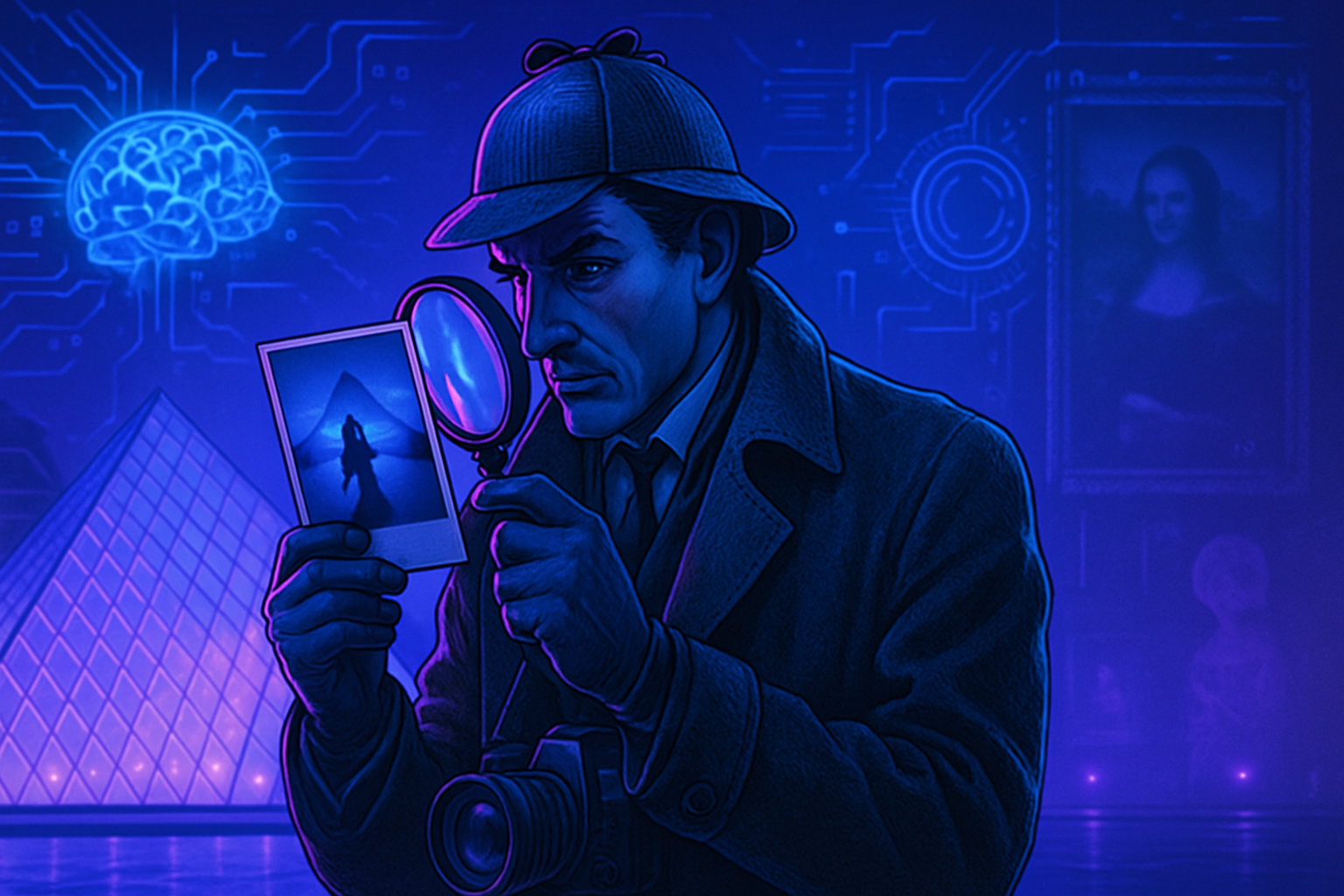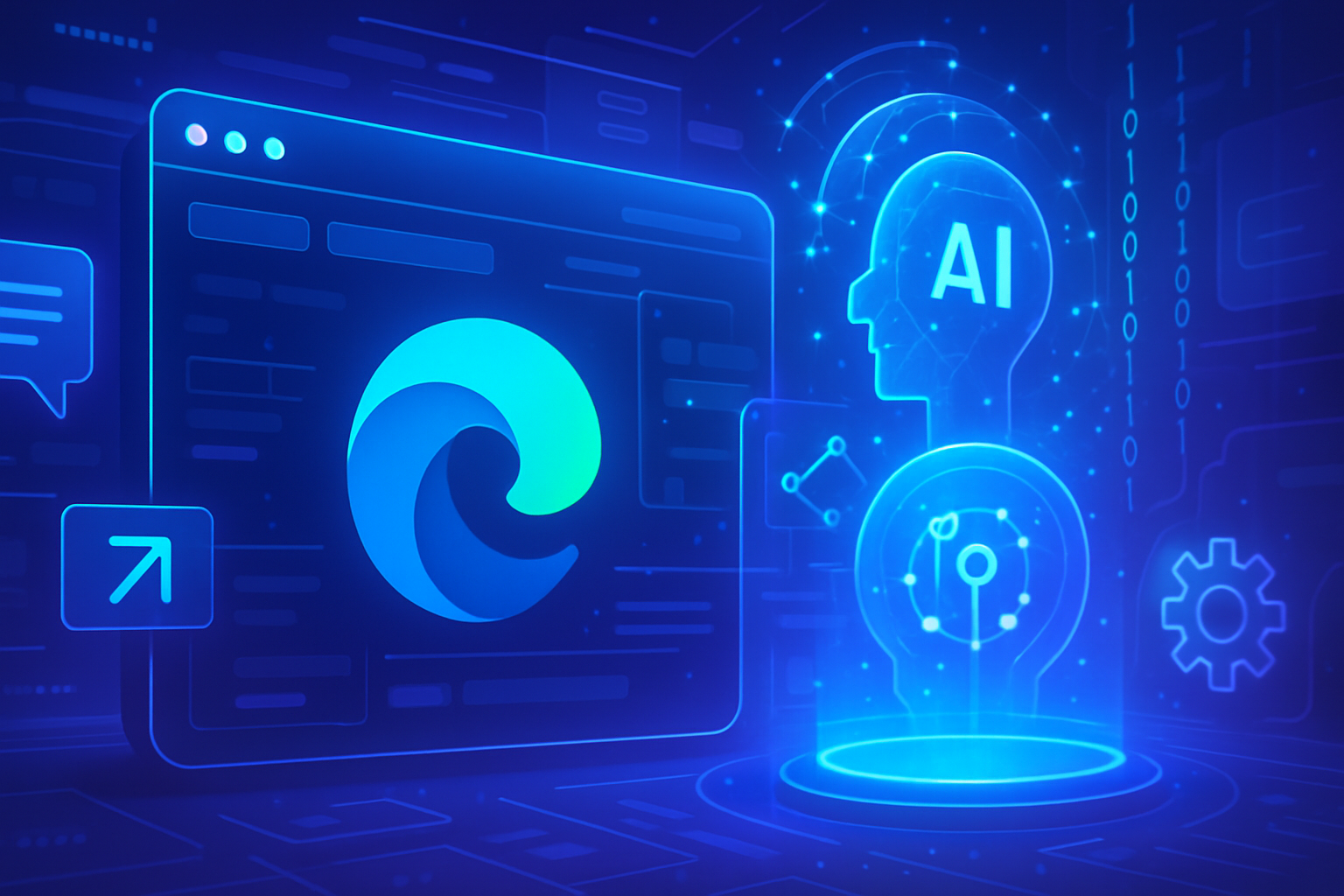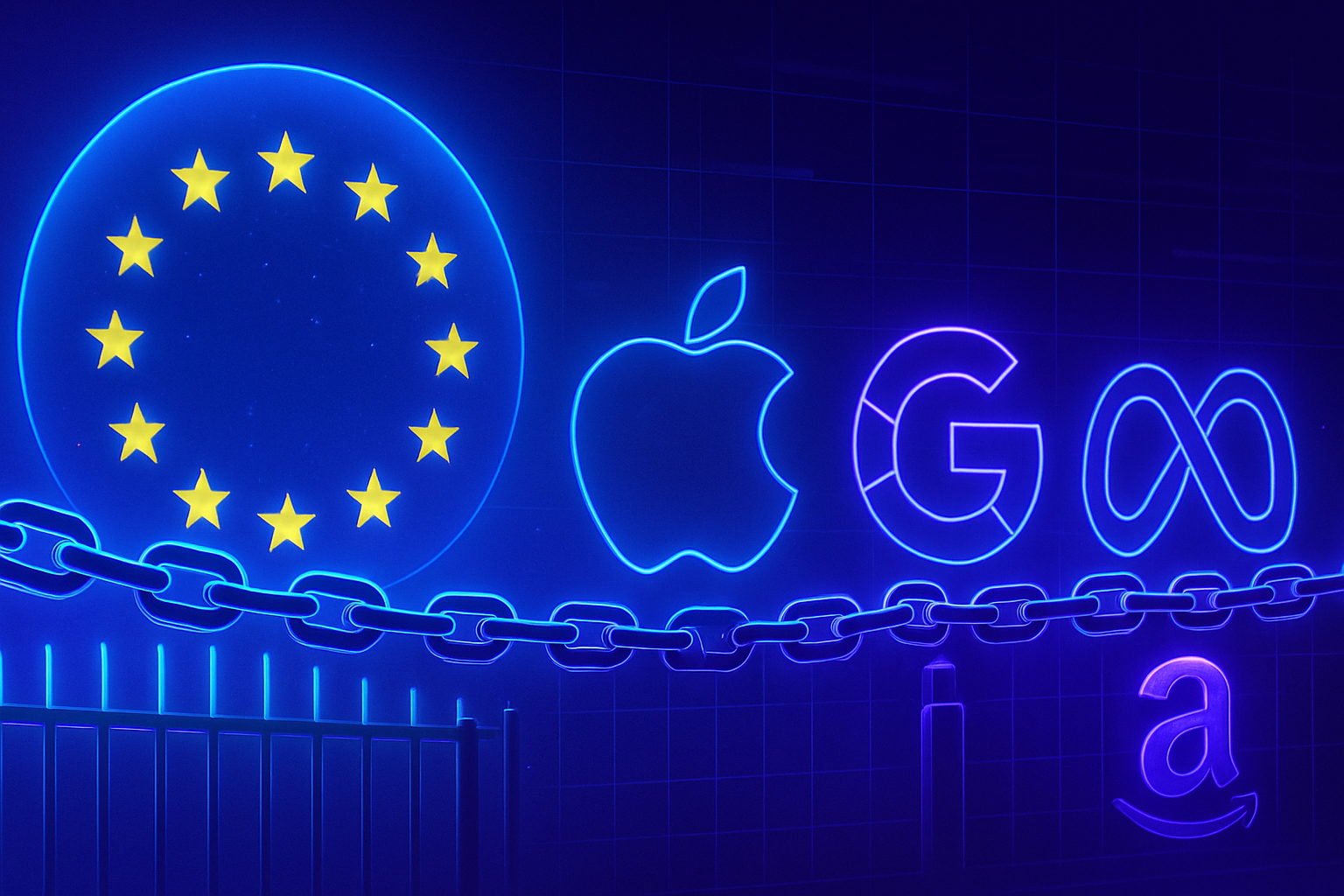The precise identification of customized objects in complex environments represents a major challenge for modern AI. Achieving effective detection requires a subtle understanding of the varied contexts in which objects evolve. An innovative method has emerged, revolutionizing this approach by allowing generative AI models to focus on contextual cues rather than relying solely on pre-memorized data.
This innovative technique propels the localization of objects of interest to a whole new level, offering unprecedented perspectives for AI-assisted applications. The goal is to equip these models with adaptive capability, assimilating essential contextual information.
An Innovative Method for the Localization of Customized Objects
Researchers from MIT and the MIT-IBM Watson AI Lab have developed a new training method for language-vision models, aimed at improving their ability to identify customized objects. This innovative approach addresses the shortcomings of traditional AI models, particularly their poor performance in localizing objects with personal significance, such as pets.
The Challenge of Traditional Models
Language-vision models like GPT-5 excel in recognizing general objects, but struggle to locate specific objects. For instance, identifying a French bulldog named Bowser in a dog park becomes impossible for these systems. The problem arises from the fact that these models rely on pre-established memories rather than contextual cues. This situation limits their effectiveness in recognizing familiar objects in novel situations.
A Revolutionary Training Method
To remedy this dysfunction, researchers have devised a method based on carefully prepared video tracking data. This process engages the models to focus on the visible context to identify a specific object rather than relying on memorized knowledge. By exposing the model to a series of images illustrating the same object in various contexts, the localization performance improves significantly.
An Innovative Dataset
Scientists have compiled a unique dataset from video clips showing the same object moving through different environments, such as a tiger crossing a plain. This unprecedented dataset is structured to include multiple images of the same object, accompanied by questions and answers regarding its location. Utilizing this methodology, researchers observed a significant enhancement in the models’ customized localization capabilities, achieving an improvement of 21% in accuracy.
Avoiding Model “Cheating”
A surprising discovery relates to the tendency of models to “cheat” by using previously established correlations instead of inferring from the context. For example, a model that already associates the words “tiger” and “image” could identify a tiger without really understanding the context. To counter this habit, researchers implemented a pseudo naming system, using terms like “Charlie” to designate objects. This strategic shift compels the model to analyze contextual cues, thus promoting more consistent results.
Future Perspectives for AI
The implications of this advancement extend beyond the realm of academic research. Enhanced AI systems will be able to track specific objects, such as children’s backpacks, or locate animal species during ecological monitoring. This approach promises to improve AI assistance technologies, making life easier for visually impaired users through applications that help them locate various objects in their environment.
Presentation of Results
The work done by this team will be presented at the International Conference on Computer Vision, highlighting the significant contributions made to the field. This development is part of a broader initiative aimed at enhancing the efficiency of AI models across multiple real-world applications, including robotics and creative tools.
Frequently Asked Questions
What is an innovative method to help generative AI models identify customized objects?
This is a training approach developed by researchers from MIT and the MIT-IBM Watson AI Lab, which uses video tracking data to teach AI models to locate customized objects in different scenes based on contextual cues rather than memorized knowledge.
How does this method improve the accuracy of AI models in identifying specific objects?
It improves accuracy by allowing models to focus on contextual cues from images with the same object present in varied contexts, aiding them in identifying it more reliably in new images.
What does the fine-tuning process involve in the context of this method?
Fine-tuning involves adapting a pre-trained model to a new object localization task using a carefully selected dataset that presents images of the same object from different angles and in various situations.
What are the differences between traditional generative AI models and those using this new method?
Traditional models often lack accuracy in localizing customized objects as they rely on pre-memorized knowledge. In contrast, models using the new method can learn based on context, enabling them to identify objects effectively outside of a pre-acquired database.
Why were object names changed during model training?
Object names were replaced with pseudo names to prevent the model from relying on its previously acquired knowledge. This forces the model to rely on the given context rather than a memorized correlation between the object and its label.
What practical applications could this method have in the real world?
This method could be applied in areas such as ecological monitoring to locate specific species, assistance for visually impaired users in helping them find objects, or in robotic systems for identifying various moving targets.
Can we expect similar advancements in other types of AI models?
It is likely that this approach will inspire further research on object localization and contextual understanding in various types of AI models, thus enhancing how these technologies can interact with our environment.
